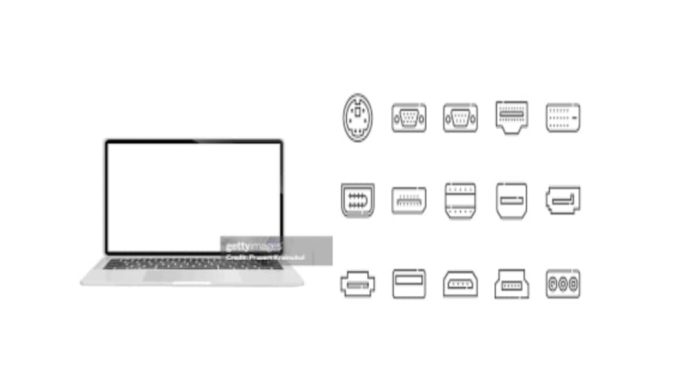Systems Design is the process of defining the architecture, components, modules, interfaces, and data flow of a system to meet specific requirements. It is a high-level approach used to design scalable, efficient, and robust systems, often employed in software engineering to create complex applications or platforms.
Why Learn Systems Design?
. Essential for Software Engineers: Many software engineering roles require the ability to design scalable systems, particularly in backend or full-stack development.
. Problem-Solving Skills: Helps in understanding and solving large-scale problems systematically.
. Interview Preparation: Systems design is a common topic in technical interviews for senior roles.
. Building Efficient Systems: Teaches how to optimize for scalability, fault tolerance, and cost-effectiveness.
Core Concepts in Systems Design
1. Scalability
– Vertical Scaling: Adding more resources (CPU, RAM) to a single server.
– Horizontal Scaling: Adding more servers to distribute the load.
2. Load Balancing
– Distributes incoming requests across multiple servers to ensure availability and reliability.
3. Caching
– Storing frequently accessed data in a faster storage layer (e.g., Redis, Memcached) to improve performance.
4. Database Design
– SQL: Structured, relational databases (e.g., MySQL, PostgreSQL).
– NoSQL: Non-relational databases for flexibility (e.g., MongoDB, Cassandra).
5. Data Partitioning and Sharding
– Dividing a database into smaller, manageable pieces to improve scalability.
6. Consistency, Availability, Partition Tolerance (CAP Theorem)
– Trade-offs between these properties in distributed systems.
7. Messaging Queues
– Tools like RabbitMQ or Kafka to handle asynchronous communication.
8. High Availability and Fault Tolerance
– Designing systems that remain operational despite hardware or software failures.
9. Content Delivery Networks (CDNs)
– Distribute content closer to users to reduce latency.
10. APIs and Microservices
– Breaking systems into modular, independently deployable components.
How to Learn System Design
1. Understand Fundamentals
– Start with basic concepts like load balancing, caching, and database design.
2. Study Real-World Systems
– Analyze architectures of systems like Netflix, Facebook, Uber, etc.
3. Practice Design Problems
– Try designing systems like URL shorteners, chat applications, or video streaming platforms.
4. Read Books
– Designing Data-Intensive Applications by Martin Kleppmann
– The System Design Interview series by Alex Xu.
5. Learn Tools and Frameworks
– Familiarize yourself with tools like Docker, Kubernetes, and AWS.
6. Online Resources
– Platforms like YouTube, System Design Primer on GitHub, and blogs from tech companies.
7. Mock Interviews
– Practice with peers or use platforms like Pramp for interview-style practice.
Example Problem: Designing a URL Shortener
Problem Statement: Build a system like bit.ly to shorten URLs.
Key Considerations:
– How to generate unique short URLs.
– Handling high read and write requests.
– Ensuring data consistency and availability.
Components:
1. API Gateway: To handle user requests.
2. Database: For storing URL mappings.
3. Load Balancer: To distribute traffic.
4. Cache: To store frequently accessed URLs.
5. Monitoring: To track system health and usage.
Scaling:
– Use sharding for databases.
– Implement caching and CDNs for popular URLs.
By following such systematic steps, you can approach any system design problem effectively.



